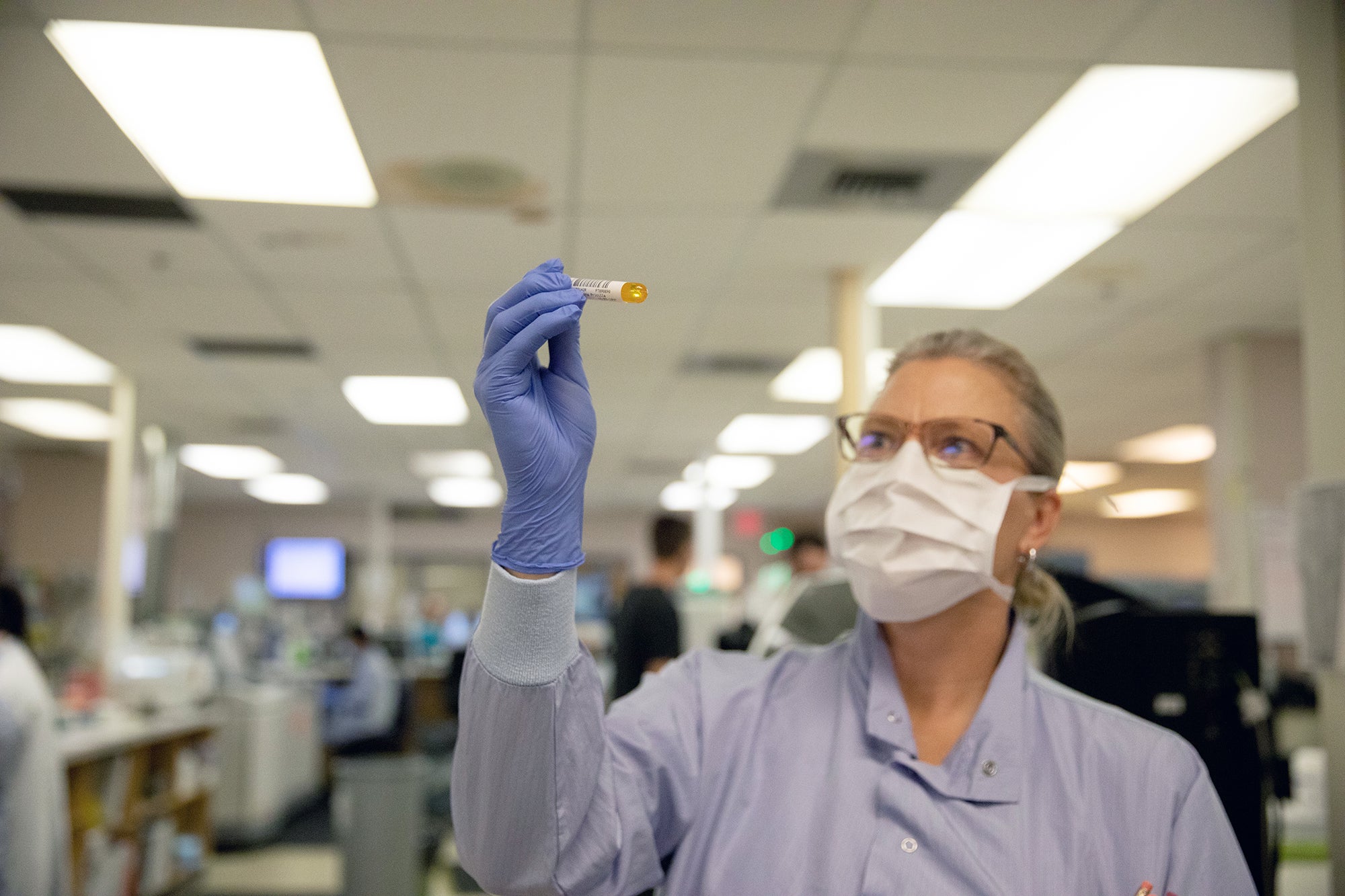Disease Control
Disease control is the process of reducing the incidence of diseases within a
population through appropriate lifestyle changes intheheadline, health care interventions and
public education. The goal of disease control is to prevent the development and
spread of diseases that are either a threat to human health or have a large impact
on life expectancy, such as tuberculosis, hepatitis B, diabetes mellitus, AIDS, and
cardiovascular disease.

Primary prevention involves reducing the occurrence of disease through universal
measures, such as ensuring a healthy diet and regular exercise, preventing smoking
and alcohol use, controlling obesity, and avoiding exposure to harmful chemicals or
environmental hazards. Secondary prevention involves systematically detecting
early stages of disease and intervening before full symptoms develop to reduce the
risk of the disease developing. Tertiary prevention aims to prevent disease
progression and additional complications after overt clinical diseases are manifest,
such as by lowering blood pressure and prescribing statins for high cholesterol.
The CDC has more than ten thousand personnel worldwide. In the United States, its
headquarters are in Atlanta, Georgia; Cincinnati; Morgantown, West Virginia;
Pittsburgh; and Washington, D.C. Besides conducting research and training
epidemiologists, it provides a wide range of public health services and information
to communities around the world.
Its programs address more than 400 diseases, health threats, and conditions that
are major causes of death, disease, and disability. Its mission is to protect the public
from disease, injury, and illness through skillful epidemiology and laboratory science
principles.

CDC’s global reach includes its field epidemiology program, which trains “disease
detectives” and conducts research to identify new diseases and health threats. The
program has trained many of the world’s leading disease specialists, and it has
played a significant role in advancing global efforts to combat HIV/AIDS, malaria,
and other public health issues.
In the United States, CDC’s focus is on infectious diseases and health threats
originating in or transmitted by humans and animals. It works to prevent disease by
promoting immunizations, improving the quality of health care, and reducing
transmission through better contact isolation.
Achieving the CDC’s goals requires strong partnerships and effective communication
between local governments, federal agencies, and health organizations. It also relies
on a national electronic infectious disease reporting system and innovative methods
of disease surveillance.
Another important source of disease prevention is the individual’s behavior, which
reflects the innate tendency of individuals to acquire and maintain health states that
minimize the risk and occurrence of certain diseases. This includes maintaining an
appropriate weight, avoiding tobacco products, and limiting exposure to
carcinogenic sun rays.
It also focuses on the prevention of communicable diseases, such as pneumonia and
diarrheal illnesses. This can be achieved through mass vaccination of children and
other at-risk populations, as well as through the dissemination of health education.
The CDC also carries out research to improve the detection and prevention of
diseases such as tuberculosis, measles, and hepatitis B. This is an important aspect
of the CDC’s overall work and helps to improve public health in communities across
the country.





